Advantages
The O.W.C.M. marine power plant project was conceived by top experts in the field with special attention to the surrounding environment and zero impact on marine fauna and flora. Furthermore, the breakwater harnesses the energy of waves of any size to produce electricity, with no CO2 emissions or other pollutants. This makes it a highly sustainable and carbon-free energy source.
Energy production through a marine dam also has the potential to reduce dependence on fossil energy sources such as coal and oil, which are causing irreversible damage to our planet.
Moreover, O.W.C.M. marine power plants are the only ones capable of harnessing energy from low-height waves (1 meter), while facilities built in various other parts of the world have been designed to operate only with high-amplitude waves occurring in the ocean.
Not only that, through in-depth analyses, other significant advantages have emerged compared to existing marine power plants worldwide, both in terms of structure and the environment.
O.W.C.M. is committed to achieving these set objectives in the United Nations Agenda 2030 project:
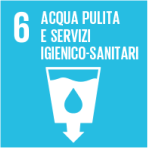
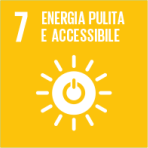
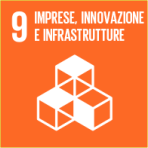
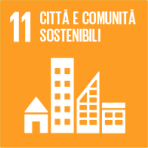
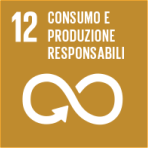

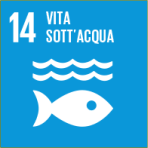

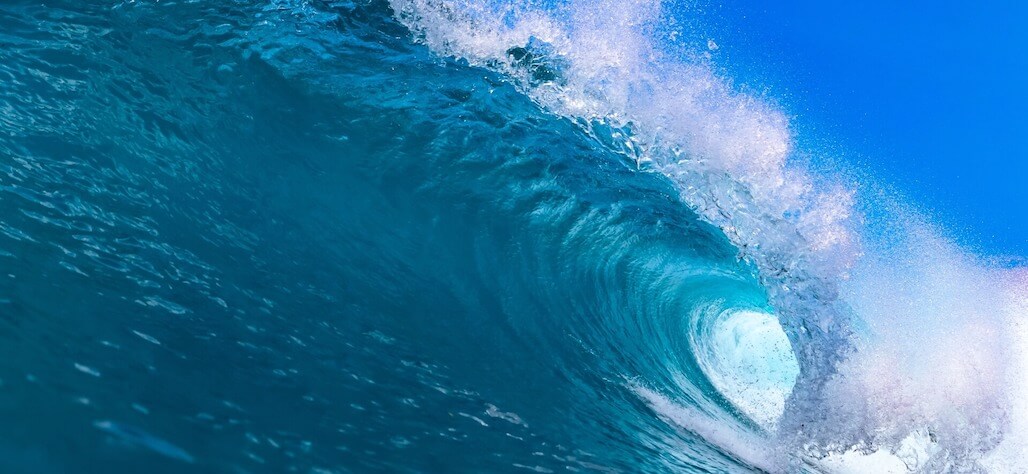
It generates a significant source of renewable energy: therefore, it is clean energy that doesn't deplete and allows for substantial cost savings in the medium term.
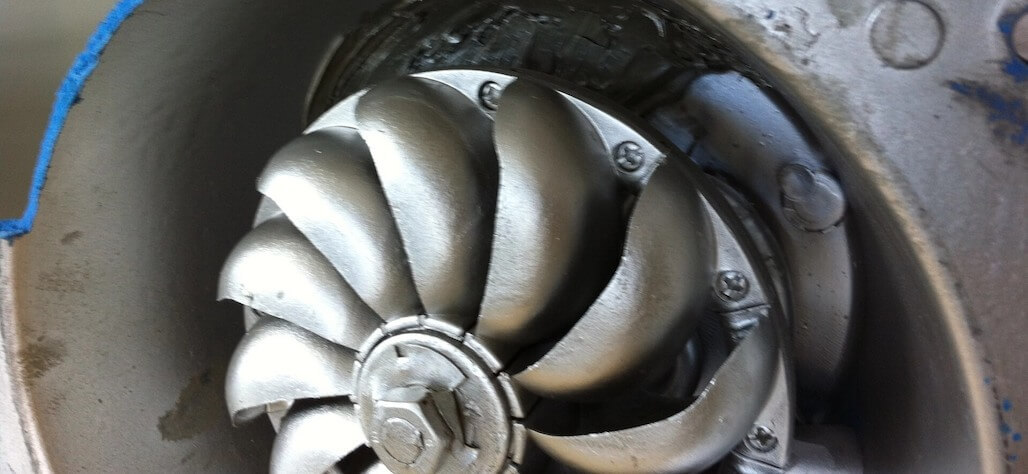
It uses eco-friendly materials: this means using non-toxic materials that can have a positive impact on both the environment and society, as well as economically.
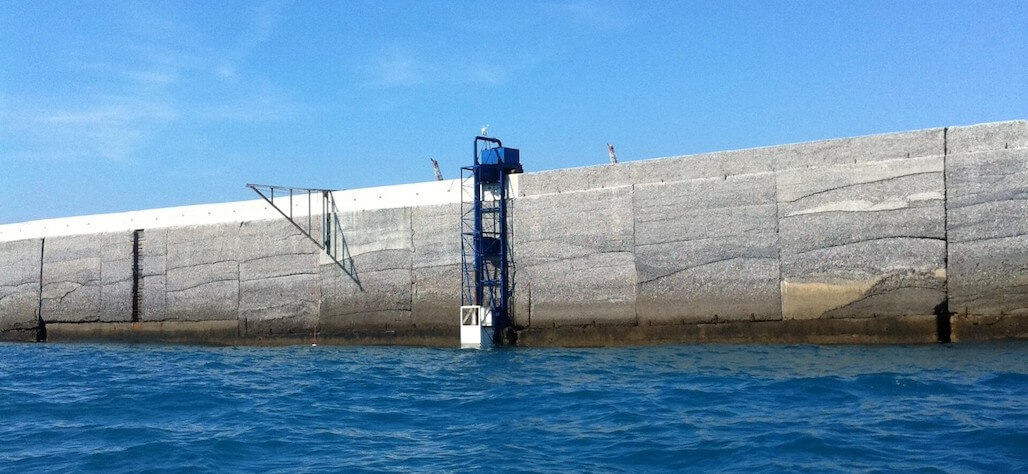
Strengthens the dam structure, protecting it from storm surges: a fundamental benefit for the sustainable development of the project. This is achieved by increasing the available surface for wave impact, providing a concave parabolic profile below sea level and a convex parabolic profile above the water level.
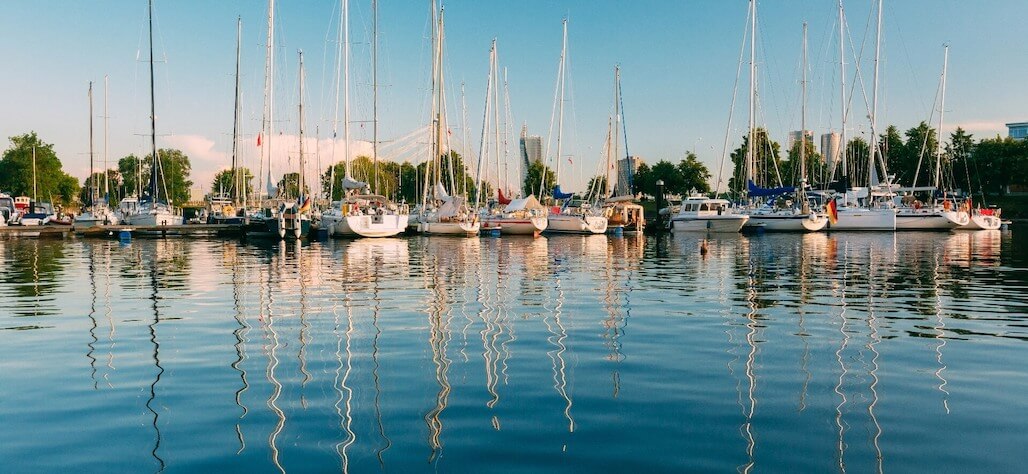
Promotes the cleaning of harbor waters to prevent environmental protection, human health, and navigational safety. This is achieved through the wastewater from the system, capable of introducing clean water from the outside to the inside. Furthermore, internal currents useful for the water cleaning phase are generated by the system.
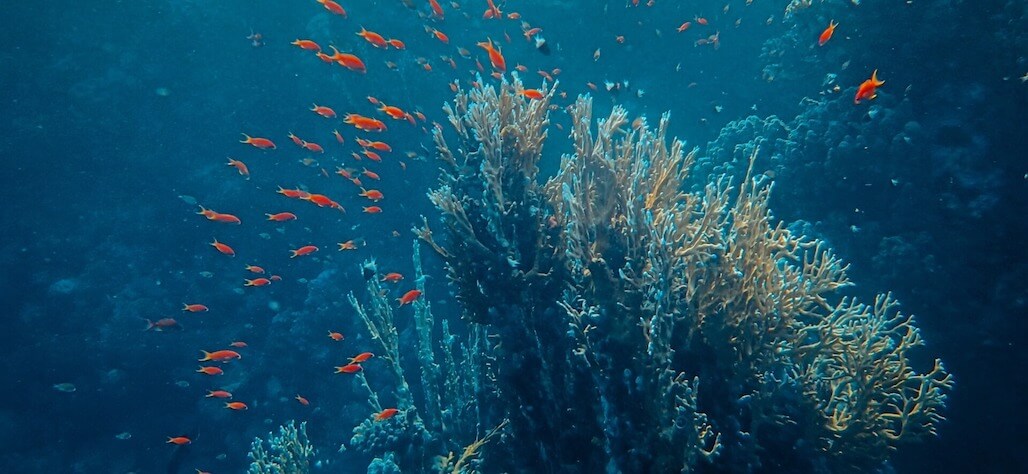
Contributes to protecting marine flora and fauna, crucial for climate regulation and promoting biodiversity, thanks to the eco-friendly materials used that seamlessly integrate with the marine life forms on the seabed (algae, mussels, and corals).

Through the desalination process made possible by the graphene filtration mechanism, potable water is produced—a valuable resource for irrigating fields and sustaining the food sector. This is a crucial element, especially in today's context, for combating drought.

Produces green hydrogen through the process of electrolysis: a critically important component to accelerate the energy transition in industrial processes, generating socio-economic and environmental benefits.
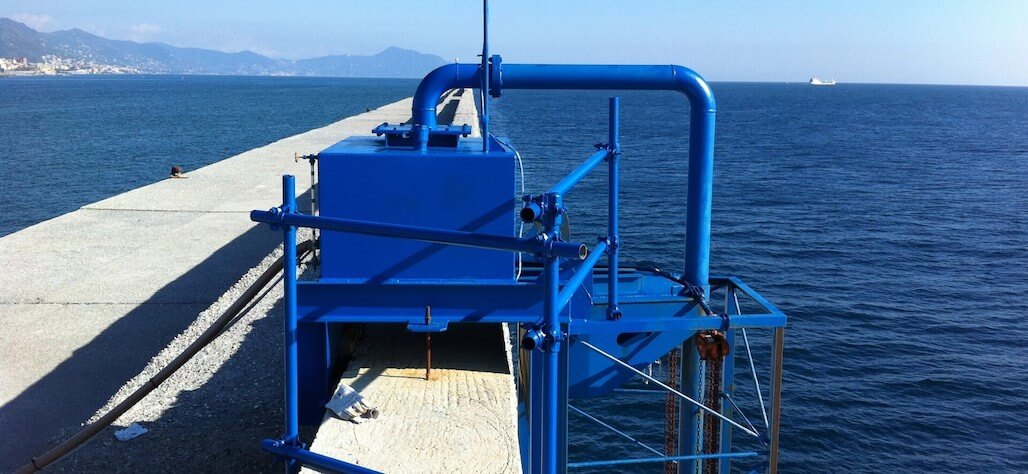
Preserves the surrounding environment with sustainable aesthetic elements such as water features, creating a harmonious blend between architectural and landscape elements.

Through the electrification of the docks, it promotes the reduction of smog caused by the idling of ships within the port.
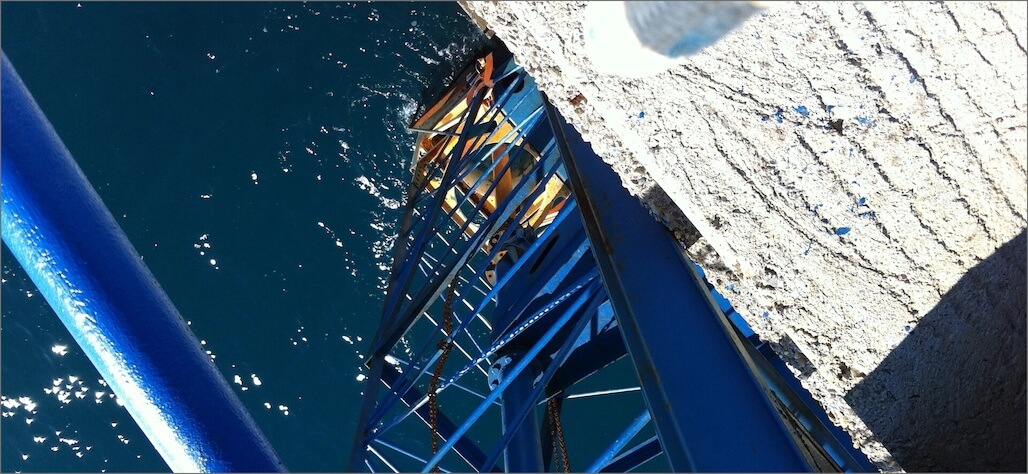
Architettura integrata che permette di nascondere completamente il modulo della struttura non deturpando così lo spazio acqueo.
PLANTS AROUND THE WORLD
(Spain, Australia, Portugal, and Denmark)
- Low production of renewable energy
- Environmentally unsustainable ecological impact
- Not usable in adverse weather conditions
- Do not preserve marine flora and fauna
- Complex maintenance and challenging connection to the fixed energy grid
- Obstruction to commercial and tourist maritime routes